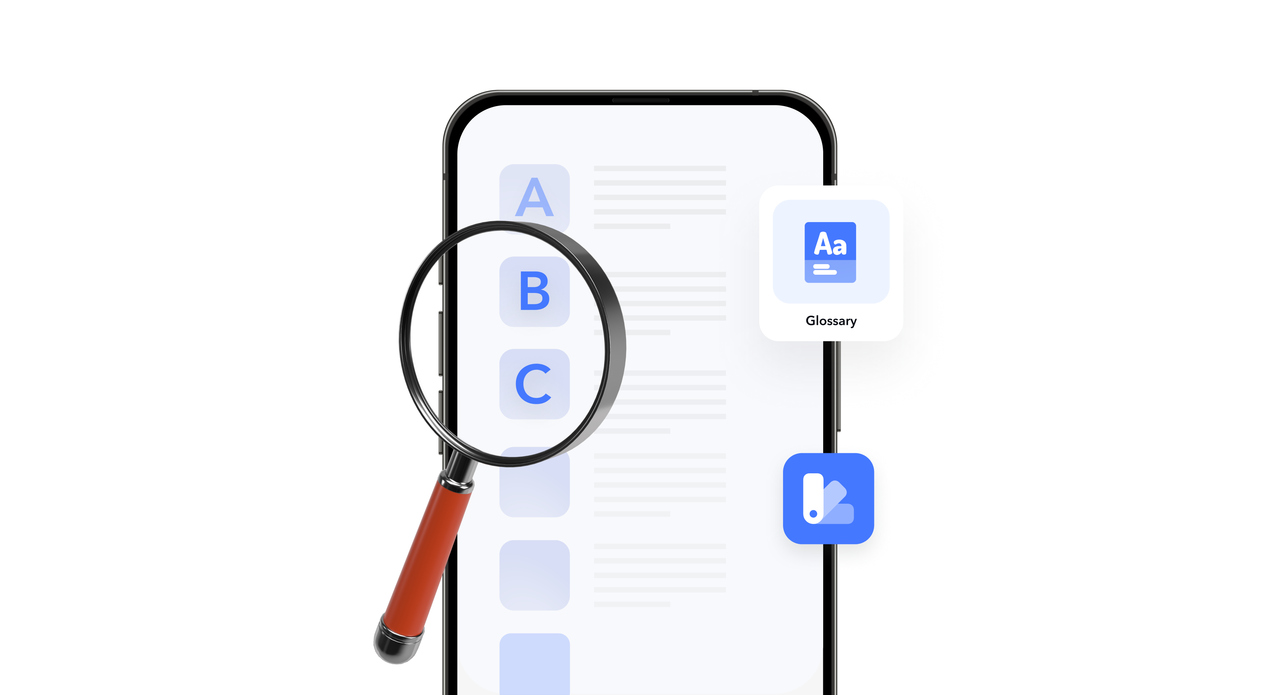Looking to boost your app's visibility and acquire more users? Our 2025 ASO Report is your ultimate guide to navigating the evolving app store landscape. Packed with data-driven insights, keyword trends, and top-ranking app strategies, this report will equip you with the knowledge to optimize your app's presence and achieve organic growth.
The “Biggest Losers” feature, in the context of app rankings, refers to a functionality that identifies and presents the mobile applications that have experienced the most significant negative movement in the category ranking ladder within a specific period.
What is Biggest Losers?
“Biggest Losers” is a term frequently used in the app marketing industry to identify apps that have experienced a significant drop in rankings, downloads, or visibility over a specific period. This trend is often tracked in app store performance reports or competitive analysis tools. The term highlights apps that have lost ground compared to their competitors due to changes in user behavior, algorithm updates, or ineffective marketing strategies.
In essence, these are apps that have faced challenges in maintaining their positions in the competitive app marketplace. Identifying the biggest losers can provide insights into market shifts and areas where app developers and marketers might focus to regain their traction.
Similar to the “Biggest Movers” feature, the “Biggest Losers” feature analyzes changes in the category rankings over a given timeframe, such as a day, week, or month. However, in this case, it focuses on identifying the apps that have fallen the most in the rankings compared to their previous positions within that category.
When an app experiences a decline in its category ranking, it is considered a “Biggest Loser” because it has shown a significant drop in its position compared to its previous rankings. These apps may have faced challenges such as decreased user engagement, negative reviews, or increased competition within the category.
For example, let’s consider the same “Photo Editing Apps” category in an app store. The “Biggest Losers” feature would analyze the rankings of all the apps in that category over a specific period. It would then identify the apps that have dropped the highest number of positions compared to their previous rankings within that category.
The identified apps are typically presented within the app store or a dedicated section to draw attention to their decline in rankings. This feature aims to provide visibility to apps that have experienced a significant decrease in popularity or performance within their respective categories.
The “Biggest Losers” feature can serve as a warning or a signal for app developers and users alike. For developers, it can indicate areas where their app may be struggling or areas where improvements are needed to regain traction. It can also provide insights into the competitive landscape within a specific category. Users can take note of the apps that have experienced a decline in rankings, helping them make informed decisions when exploring apps within a category.
Benefits of Tracking Biggest Losers
While being labeled as a “biggest loser” may sound negative, monitoring these trends offers significant advantages:
- Competitive Insights: Understanding why certain apps have declined in performance can reveal strategies to avoid. For example, an app that fell in rankings due to poor user reviews may highlight the importance of prioritizing customer feedback.
- Market Trends: Observing the biggest losers helps identify shifts in user preferences or emerging trends. For instance, if multiple fitness apps decline, it may indicate seasonality or a new competitor disrupting the market.
- Benchmarking Opportunities: By analyzing the biggest losers within a category, marketers and developers can measure their app’s resilience against competitors facing similar challenges.
- Strategy Refinement: These insights empower teams to adjust their app store optimization (ASO), advertising, or retention strategies to avoid common pitfalls.
- Innovation Spark: Studying these apps can inspire innovation. Teams can identify what’s lacking and address user pain points that competitors failed to address.
In summary, the “Biggest Losers” feature in app rankings identifies and showcases mobile applications that have experienced the most significant negative movement in the category ranking ladder within a specific period. It helps highlight apps that have faced challenges or declined in popularity within their respective categories, providing insights for developers and users in the app ecosystem.
Tracking and understanding the biggest losers in the mobile app marketplace is not just about pointing out failures—it’s an opportunity to learn and grow. By identifying the reasons behind an app’s decline, developers and marketers can avoid similar mistakes and craft strategies to remain competitive.
Utilizing tools like MobileAction to analyze trends, refine ASO practices, and respond proactively to market changes ensures that apps can stay ahead of the curve, even in a highly competitive environment.
Looking to boost your app's visibility and acquire more users? Our 2025 ASO Report is your ultimate guide to navigating the evolving app store landscape. Packed with data-driven insights, keyword trends, and top-ranking app strategies, this report will equip you with the knowledge to optimize your app's presence and achieve organic growth.






























